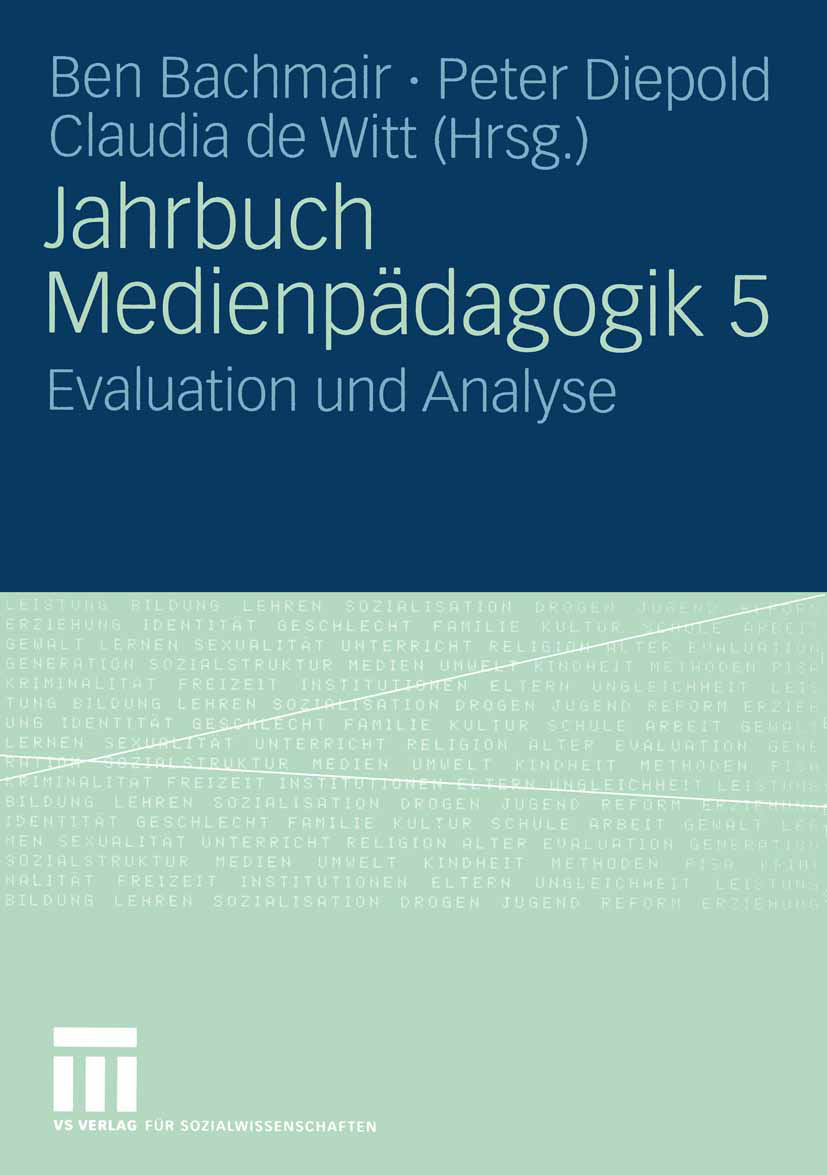Jahrbuch Medienpädagogik 5
, Articles
Television Programme Analysis In The Perspective Of Children'S Television Use. Method Of The Project "Annual Inventory Of Children'S Television - Qualitative And Quantitative Television Programme Analysis
Articles
Published
2017-09-08
Ben Bachmair
Universität Kassel
Clemens Lambrecht
Universität Kassel
Claudia Raabe
Universität Kassel
Judith Seipold
Universität Kassel

